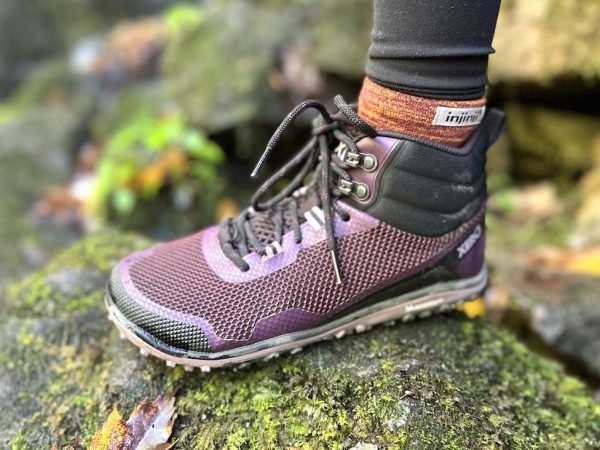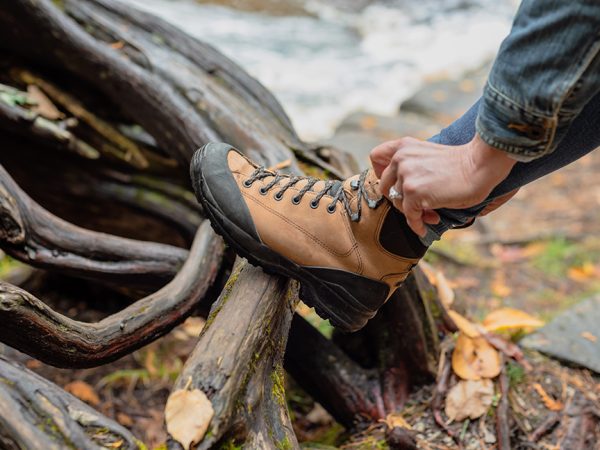Title: From Trailhead to Summit: The Importance of Hiking Boots in Outdoor Exploration
Hiking boots stand as essential gear for outdoor enthusiasts embarking on adventures ranging from leisurely hikes to challenging mountaineering expeditions. As the interface between the foot and the terrain, hiking boots play a critical role in ensuring comfort, stability, and safety while traversing diverse landscapes. From the trailhead to the summit, the right pair of hiking boots can make all the difference in the success and enjoyment of outdoor exploration. Let’s delve into the importance of hiking boots and the factors to consider when selecting the perfect pair for your adventures.
**1. Protection and Support:**
One of the primary functions of hiking boots is to provide protection and support for the feet and ankles in rugged terrain. Sturdy construction, reinforced toe caps, and ankle support features help shield the feet from rocks, roots, and other obstacles encountered on the trail. Additionally, proper arch support and cushioning minimize fatigue and reduce the risk of injuries such as sprains and strains, allowing hikers to tackle challenging terrain with confidence.
**2. Traction and Stability:**
Hiking boots are designed with outsoles that offer superior traction and stability on varied surfaces, including rocky trails, slippery slopes, and muddy terrain. The tread pattern and rubber compounds provide grip and traction, preventing slips and falls and ensuring surefootedness in diverse conditions. Whether ascending steep inclines or descending treacherous descents, reliable traction is essential for maintaining balance and stability while navigating the trail.
**3. Durability and Weather Resistance:**
Durability and weather resistance are crucial considerations when selecting hiking boots, especially for long-distance treks and multi-day expeditions. High-quality materials such as full-grain leather, synthetic fabrics, and waterproof membranes ensure that hiking boots can withstand the rigors of outdoor exploration and provide lasting performance in challenging environments. Waterproofing treatments and breathable membranes keep feet dry and comfortable in wet conditions, while durable construction withstands abrasion and wear over time.
**4. Fit and Comfort:**
Perhaps the most important factor in choosing hiking boots is ensuring a proper fit and maximum comfort. Ill-fitting boots can lead to blisters, hot spots, and discomfort, detracting from the enjoyment of the hiking experience. It’s essential to try on hiking boots with the socks you intend to wear and to test them on various surfaces to assess fit, comfort, and support. Look for features such as padded collars, cushioned insoles, and customizable lacing systems that enhance comfort and allow for a personalized fit.
**5. Performance and Terrain Considerations:**
The type of hiking boots you choose should align with the specific terrain and activities you plan to tackle. Lightweight hiking shoes are suitable for day hikes and casual trails with minimal elevation gain, while mid-cut boots offer more ankle support and stability for moderate terrain. For rugged trails, backpacking trips, and mountaineering expeditions, consider sturdy and supportive backpacking boots designed to withstand heavy loads and technical terrain.
In conclusion, hiking boots are indispensable companions for outdoor enthusiasts seeking adventure and exploration in nature. From protecting against rough terrain and inclement weather to providing traction and stability on varied surfaces, hiking boots are essential gear that can enhance safety, comfort, and enjoyment on the trail. By selecting the right pair of hiking boots tailored to your needs and preferences, you can embark on your outdoor adventures with confidence, knowing that your feet are well-equipped for the journey from the trailhead to the summit.


